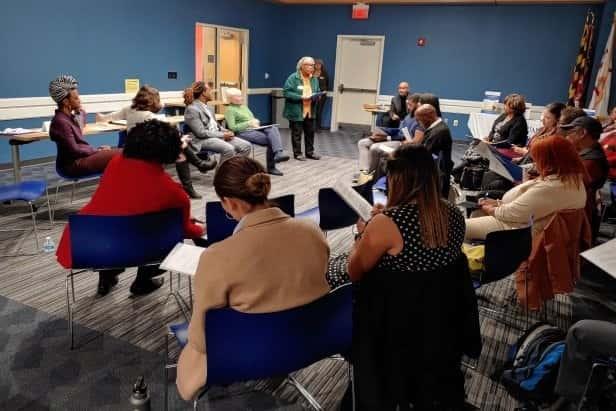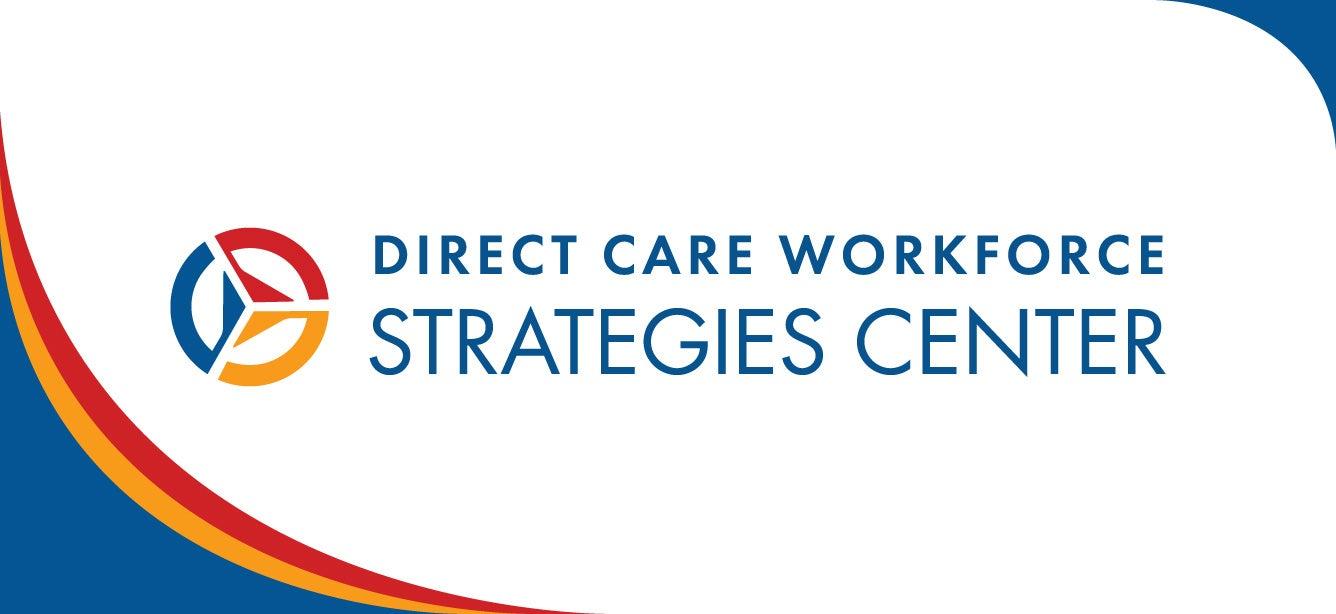Finding a Common Language for Intergenerational Work Cultures
3 min read

Related Topics
It’s certainly a fascinating time to explore the way generations interact at work, meet ups, higher education and community activities. The Builders, or Silent Generation, born before World War II are a small portion of the workforce with a strong sense of community and conformity. Baby Boomers are creating a silver economy and re-framing aging as a creative process—they’re making an imprint just as they did in the 60’s. Rounding out the generations are Gen X and Millennials or Gen Y. Gen X, between 37 and 51 years old represent nearly 50 percent of the workforce. They are best described as entrepreneurial, individualistic, and adaptable. Millennials are the new kids on the block. They are the first generation to be born into the digital age. Millennials are ambitious, technology-driven, and self-confident. Millennials also have a strong sense of community like the Builders.
The Juanita C. Grant Foundation has done extensive research on the workforce development challenges facing people ages 50+. A strong theme in the results of that research is the possibility of interviewing with and being under the direction of someone much younger. Growing pressures exerted on this age group have resulted in forced retirement through downsizing and longer lengths of unemployment due to age bias. In your next team meeting look to your left and then look to your right. It may surprise you to learn that your colleagues represent four generations of corporate culture — Builders, Baby Boomers, Gen X, and Millennials. Feedback from Baby Boomers in focus groups showed they overwhelmingly felt underappreciated for their experience and collective wisdom by Gen X and Millennials. This is difficult to navigate, as Baby Boomers have been accustomed to being in the driver seat after having worked through the ranks of various jobs and careers.

The breadth of ages in modern workplaces offers a strength companies and organizations can leverage. A rule of thumb is to interact with those 20 years younger and 20 years older to maintain a healthy appreciation for what is upcoming and gain understanding from those who preceded you.
Creating a “common language” for the generations in your office promotes an appreciation for the unique qualities of each—but also identifies ways to synergize talents.
Our Roundtable on Age-Friendly Communities emphasized innovative examples of generations sharing living spaces, intergenerational education courses, changing neighborhood planning to engage all age groups and eliminating barriers to socializing and recreating together because we must recognize differences in age as a strength rather than a way to silo ourselves off from each other.
The Intergeneration Conversations found Baby Boomers can share wisdom and experience by “leading from the back” as a new member of a team. After all, each generation shares the work-life balance goals of Boomers, and ambition or affinity for technology doesn’t have to limit that. It is important to appreciate the interwoven strength of pooling the variety of perspectives, experiences and interests for all four generations. Recognizing and leveraging the talents of each generation will facilitate changes in policies and practices in society to promote growth as these generations age together.


